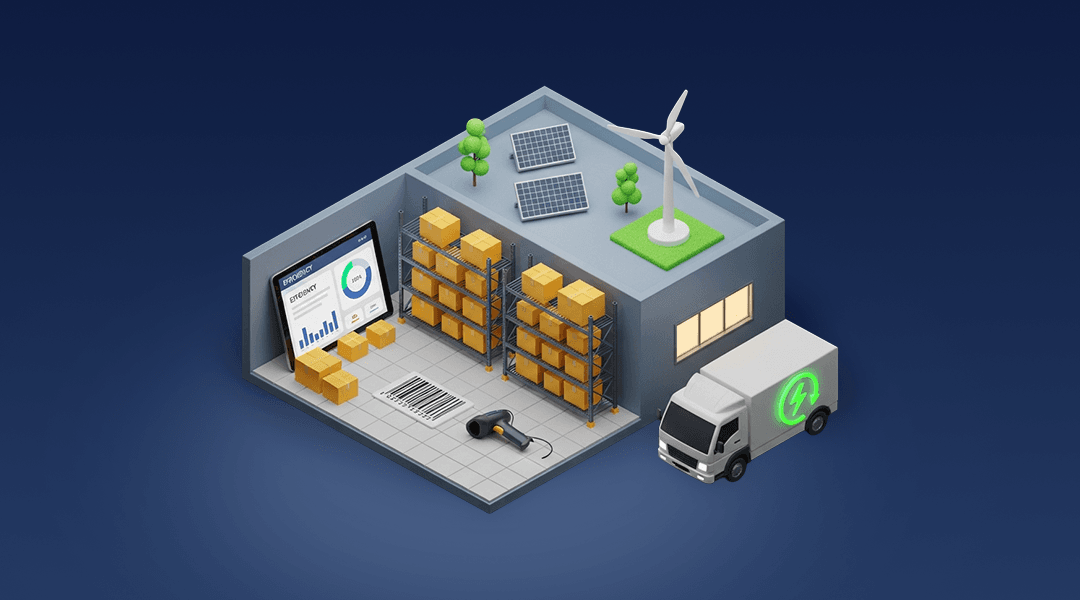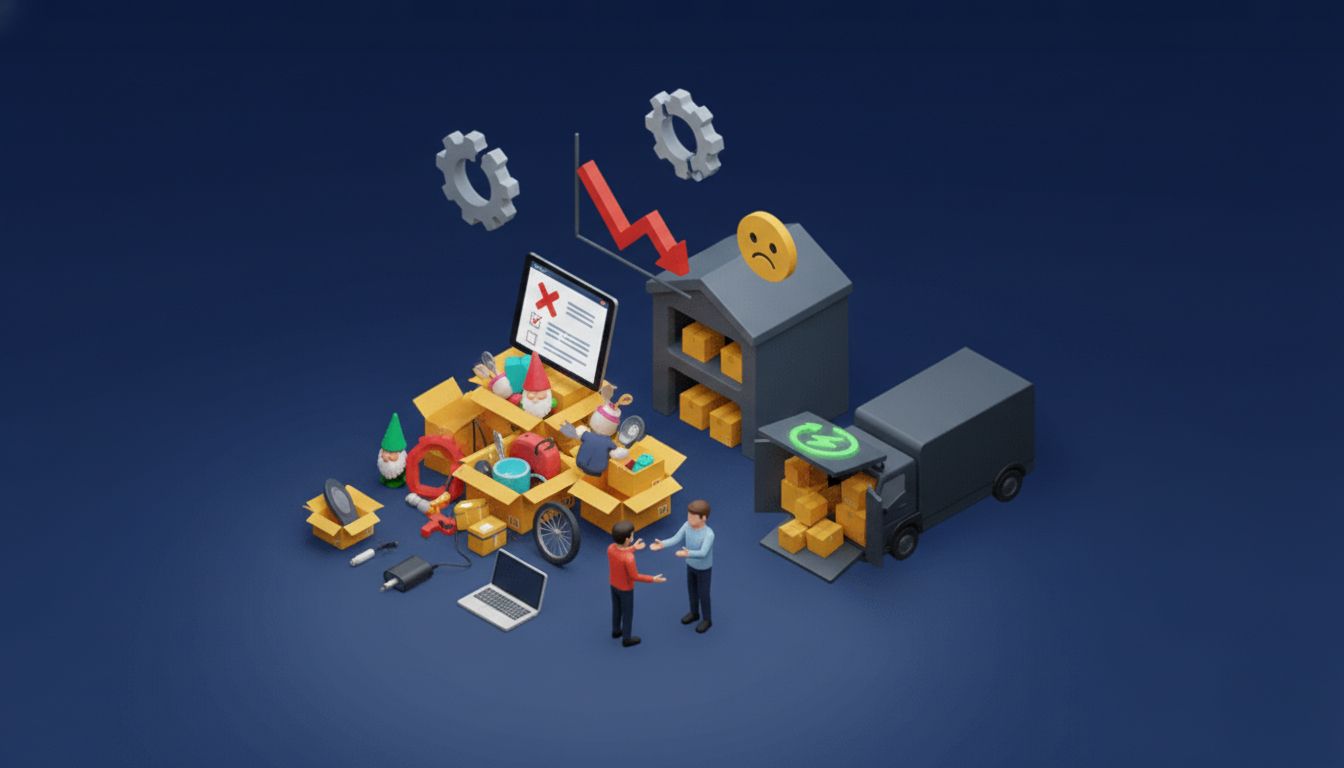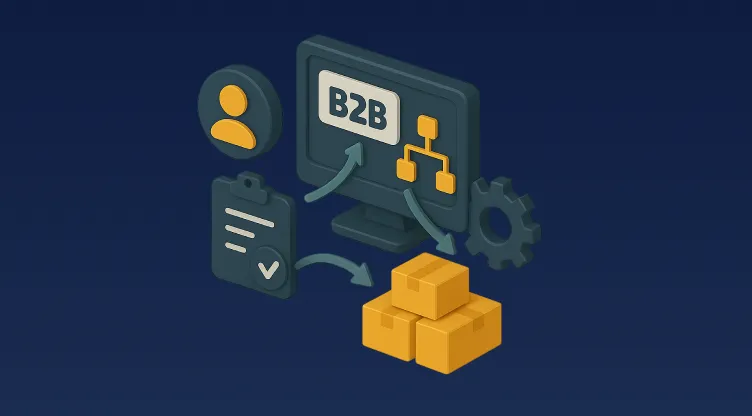Returns Management Escalations: Policies for Damaged, Missing Items, or Disputes

Table of Contents
Key Takeaways
-
Returns management impacts customer loyalty and brand trust.
-
Common escalation triggers include damaged products, missing items, and disputes.
-
Clear return policies should be transparent, tech-driven, and customer-focused.
-
Reverse logistics is a critical part of supply chain optimisation.
-
Automation and analytics help reduce disputes and speed up resolution.
-
Localised approaches are essential for MENA markets with COD and regional challenges.
-
Omnichannel returns like BORIS improve flexibility and reduce costs.
-
Platforms like Omniful simplify return workflows and provide end-to-end visibility.
Why Returns Escalations Should Be a Top Priority
The returns experience can define how customers perceive your brand. Whether it’s a late delivery, a broken item, or a failed refund, any issue that remains unresolved can lead to negative reviews and lost loyalty.
In a competitive e-commerce ecosystem—especially in fast-growing markets like Saudi Arabia and the UAE—speed, clarity, and fairness in handling returns are essential to operational excellence.
Common Scenarios That Demand Escalation
Products Arriving Damaged
If customers receive goods that are broken, scratched, or faulty, it leads to dissatisfaction and refund requests. Timely responses and proactive packaging quality can reduce these cases.
Incomplete Deliveries
Sometimes an order is delivered, but one or more items are missing. Without digital verification or package audit trails, proving what was delivered can be difficult—especially with cash-on-delivery orders prevalent in MENA.
Order Discrepancies or Disputes
Customers may report that they received the wrong size, a different item, or claim non-receipt altogether. Handling these disputes requires strong documentation and real-time visibility into the fulfilment process.
Building an Escalation Policy That Works
Define Clear Return Conditions
Set expectations up front. Make it simple for customers to understand which items qualify for return, under what conditions, and within what timeframe.
Offer Multiple Return Methods
Returns shouldn't be restricted to one channel. Allow customers to return through:
- In-store drop-offs
- Doorstep collection
- Lockers or drop points
Automate Inspections and Grading
Returned items must be inspected. Introducing grading criteria—for example, new, opened, damaged, used—helps decide resale, refurbishment, or disposal.
Unlocking Reverse Logistics as a Value Driver
Smart Inventory Sync on Return
As soon as an item is returned and approved, it should be updated in the inventory system. This enables restocking, resale, or reallocation without delay.
Route Planning for Pickup Efficiency
Managing reverse pickups—especially in urban areas—requires intelligent routing. Using geolocation, businesses can batch return pickups with forward deliveries.
Sustainability via Graded Reuse
Returned products that are still usable can be refurbished, repacked, or offered as open-box deals. This minimises landfill waste and adds new revenue streams.
Fair Dispute Management: From Systemic to Personalised
- Log every touchpoint: Barcode scans, timestamps, and order notes should be recorded.
- Create resolution workflows: Trigger automatic refunds or replacements after review.
- Enable tiered escalation: Let automation handle simple cases; escalate complex ones.
Syncing with E-Commerce Platforms and Sales Channels
A returns process becomes more powerful when connected with platforms like Shopify or WooCommerce. Systems like Omniful can trigger refund updates and credit memos automatically.
Managing Failed Deliveries and Return to Sender (RTS)
Returns don’t always come from customers—sometimes the delivery itself fails. Having a structured “Return to Sender” policy ensures efficiency and cost control.
MENA-Specific Factors Influencing Returns
Cash-on-Delivery (COD)
Still the dominant payment method in many Gulf countries, COD increases the chances of RTS.
Speed Expectations
Consumers in cities like Dubai or Riyadh expect fast turnaround—even for returns.
Sector Regulations
Some sectors—like beauty or electronics—have strict return conditions. Brands must align with local laws.
The Role of Technology in Escalation Management
- Barcode-driven scanning
- Return APIs
- Refund automation
- Grade-based returns sorting
- Live dashboards for analytics
Business Impact of Strong Returns Management
- Improves retention
- Reduces manual errors
- Minimises revenue loss
- Optimises inventory
- Supports sustainability
Call to Action
Looking to simplify your returns process while boosting your supply chain performance?
See Omniful in Action.
Book a demo and discover how a unified platform can help you manage escalations, automate reverse logistics, and elevate your customer experience.
FAQs
How do I reduce the number of return escalations?
Improve packaging, use accurate product descriptions, and implement barcode tracking.
What is reverse logistics in simple terms?
It’s the process of handling goods that move back from the customer to the seller for returns or repairs.
How long should a customer have to file a return?
Return windows typically range from 7 to 14 days, but vary by category and country.
Is it possible to automate returns entirely?
Yes, platforms like Omniful allow automation of common return processes.
What tools are essential for handling returns disputes?
You need item-level tracking, audit logs, proof of delivery, and clear customer communication tools.























